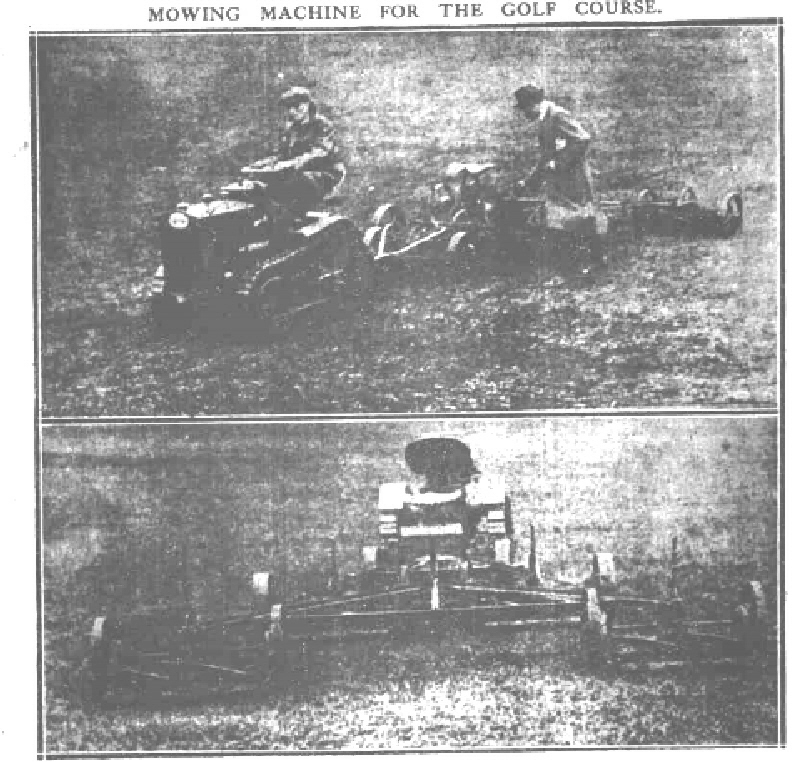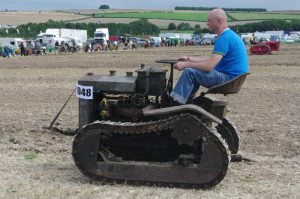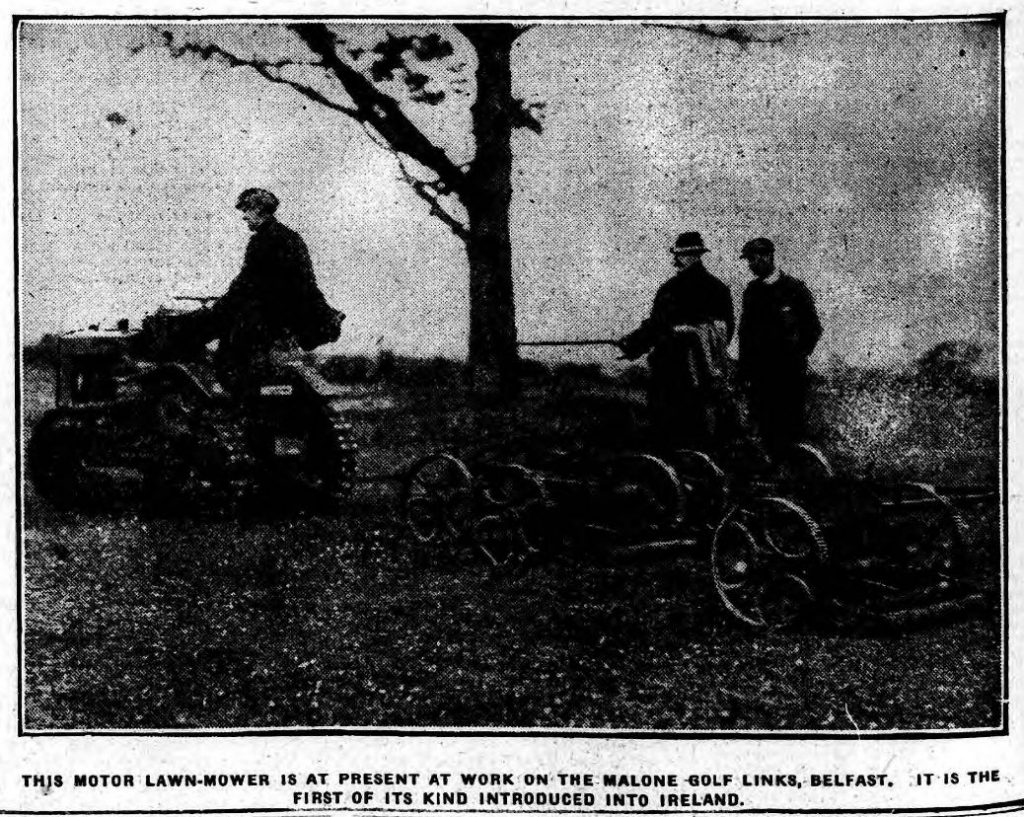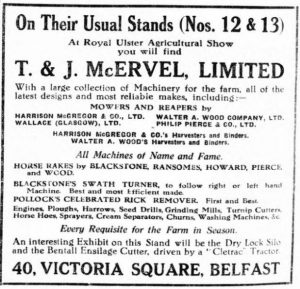Coverella 21 and Dynamow
November 14, 2019 in Articles, Machinery
My thoughts here turn to a late 1960’s UK designed, green painted, ride-on-mower called the Coverella 21 (image below left). This machine, which records suggest only existed in 1968/69 with just a few made, had all the bells and whistles, yet after all its adventures and even being in a Paris department store in 1968 it still disappeared unnoticed with just two machines known to be left in captivity. Some twenty years later in 1989 another machine of similar design, painted red and called the Dynamow (image below right) appeared, an apparently revolutionary machine and powered by Honda, it came, mowed a bit, by some reports bogged itself down on many wet lawns, and then slowly retreated into history. This brief life followed much the same pattern as the Coverella machine of the 60’s with neither machine improving on the mowing experience. Do you notice how similar the two machines are in design and operation?
Let us have a gander at the machines, although the only VHGMC image we have for the Coverella shows it with the engine missing:
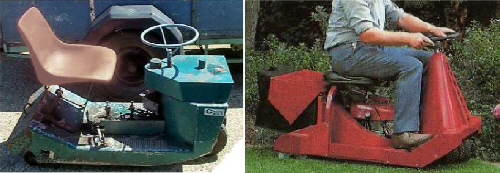
The green, 1968, Coverella 21 mower minus it’s mid-mounted Briggs & Stratton engine, and the red 1989 Dynamow powered by a Honda engine. Note the small rear roller on each and also the front driving wheel/roller which is also the steering.
Both machines have a mid-mounted engine below the operator seat. Also a very tight turning circle with a small front roller for the Dynamow and pair of wheels like a rowcrop for the Coverella. A small diameter rear roller on both machines and a grass catcher at the back. They are spookily similar in design and operation – is there any connection? I honestly cannot find any whatsoever although I’m wondering if Denis Selby of Mountfield, who had input into the Dynamow may have had earlier dealings with the Coverella as it has links to Maidenhead where Mountfield were. Answers on a postcard, please.
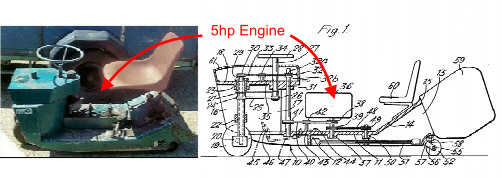
Coverella mower original design drawing 1968
The first stab at this mower design, image above, released by Coverella in 1968 was stated as a machine that ‘The design [of the Coverella] stems from an engineer partnered by garden machinery specialists….being made by Coverella Ltd at South Street, Hythe, Southampton’ with ‘the variable speed gearbox supplied by Industrial Drives Ltd of Maidenhead who co-operated with the mower design from the prototype design stage’. We even have the patent (view image) and drawings for the machine and it was, by all accounts, an incredibly well thought out machine with the following features:
-Aluminium cast body
-Car type steering wheel
-Can turn in it’s own length
-Easy spring-starter four stroke engine on rubber mountings
-Variable speed from 1.5 to 4.5 mph
-One-pedal stop and go
-21” cut with a roller that leaves stripes
-Easy mower deck height adjustment
-Vacuum-type suction grass and leaf collection
-PTO enables the machine to drive handheld chainsaw, hedge-trimmer, pruning saw or border cultivator.
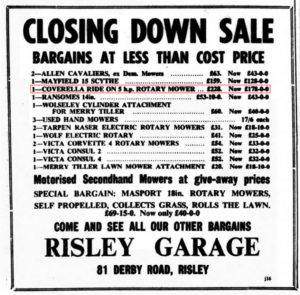
Coverella mower for sale January 1970
With such a potential winner and being a UK designed and built machine too, why wasn’t this apparently brilliant Coverella machine a success?

We know it was marketed and the adverts, both shown above, details that one was being sold in 1970 from a mower shop for £178-0-0, reduced from £228. This shop was some 200 miles away from Hythe where the mower was apparently built, and not just around the corner. Since so few of these machines existed the one in the advert may even be the one in the image at the top of this article.
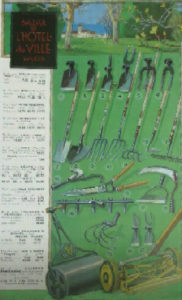
Gardening equipment advert at the Bazar de L’Hotel-de-Ville, Paris
It was reported in the media (November 1968) that Coverella LTD had been asked to provide information about their mower to the Bazar de L’Hotel-de-Ville. Instead of taking one Coverella machine along for the demo in Paris, the directors decided “to take a lorry-load” (Several must have therefore been made) “of machines to Paris to demonstrate them to the store’s marketing chiefs, and a leading power mower distributor who had expressed some interest” Sadly I cannot find any reference to these mowers being sold there, nor any references to marketing, adverts, or sales in French newspaper archives. I wonder what happened in that meeting, or if those Coverella mowers returned back to the UK unsold?
From records it appears that Coverella LTD existed in name only, and under another name too, until the early 1980’s, but production of the mowers seems not to get past 1969.
A couple of facts did arise regarding the mowers and ambitions of the company. First, although the mowers only seem to have existed in 1968/69, the gearbox was reported to be both a Daptagear gearbox from Oppermann Gears of Newbury and also a gearbox from Industrial Drives LTD of Maidenhead, there is a mention of two different models of ride on mower so was there some doubt about the final drive configuration?
Second, it was thought that the mower would be ideal for “holiday camps, large industrial companies, and hospitals as well as for the nurseryman and commercial grower”. An ambitious target to meet.
Whatever became of the UK designed and built Coverella 21 ride on mower and the mystery of it’s short life? And where did the Coverella name come from? We only know of two machines in existence, can anyone shed any more light on this machine?

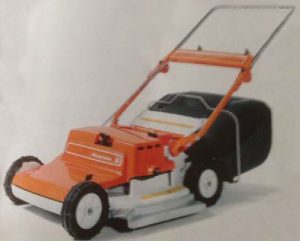
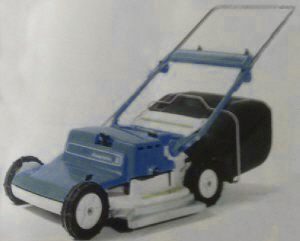
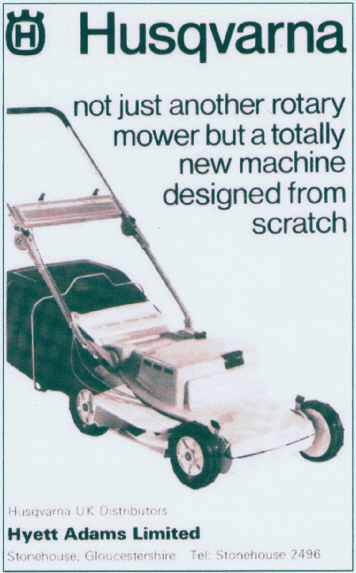 Then, a year after I started looking for this mower I find a magazine advert (image right) with dealers name and address of Hyett Adams in Gloucestershire, which confirms they were sold in the UK and it wasn’t just some magazine hear-say to fill their editorial pages.
Then, a year after I started looking for this mower I find a magazine advert (image right) with dealers name and address of Hyett Adams in Gloucestershire, which confirms they were sold in the UK and it wasn’t just some magazine hear-say to fill their editorial pages.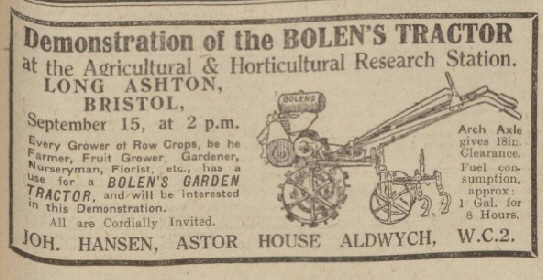
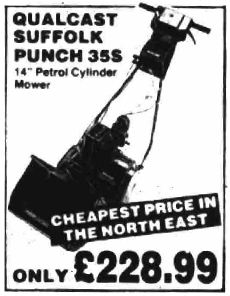
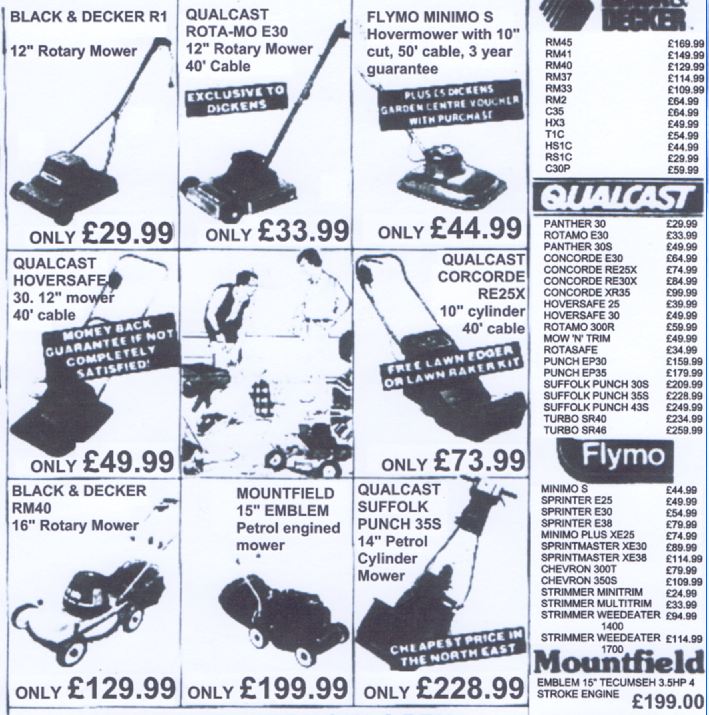
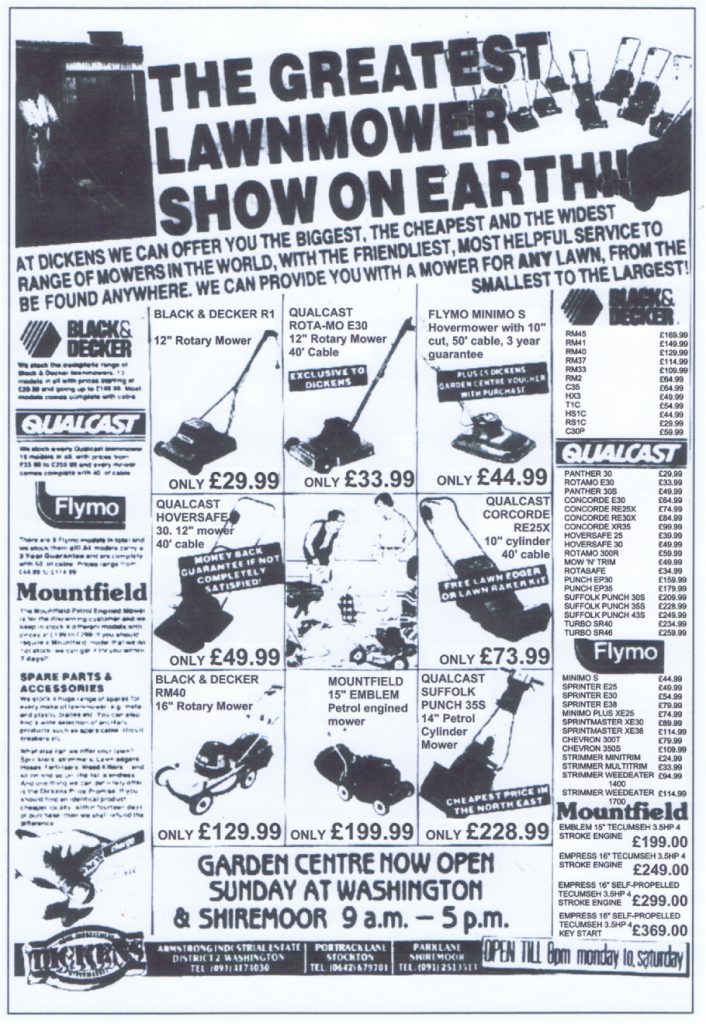 Briefly, there is a huge range of electric mowers. What’s the difference between the Qualcast Concorde RE25X and the RE30X apart from £10.00 ? Or the Flymo Sprinter E25 and E30 ? A brochure would be mighty helpful!
Briefly, there is a huge range of electric mowers. What’s the difference between the Qualcast Concorde RE25X and the RE30X apart from £10.00 ? Or the Flymo Sprinter E25 and E30 ? A brochure would be mighty helpful!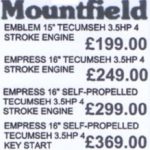 There isn’t a Mountfield electric mower in the bottom right corner of Dickens advert, they may not have been manufacturing them at the time, but their petrol mowers show that the price nearly doubles between the Mountfield Emblem 15″ and the 16″ self propelled with electric start, both with a 3.5hp Tecumseh engine – would that be a premium product at the time?
There isn’t a Mountfield electric mower in the bottom right corner of Dickens advert, they may not have been manufacturing them at the time, but their petrol mowers show that the price nearly doubles between the Mountfield Emblem 15″ and the 16″ self propelled with electric start, both with a 3.5hp Tecumseh engine – would that be a premium product at the time? 